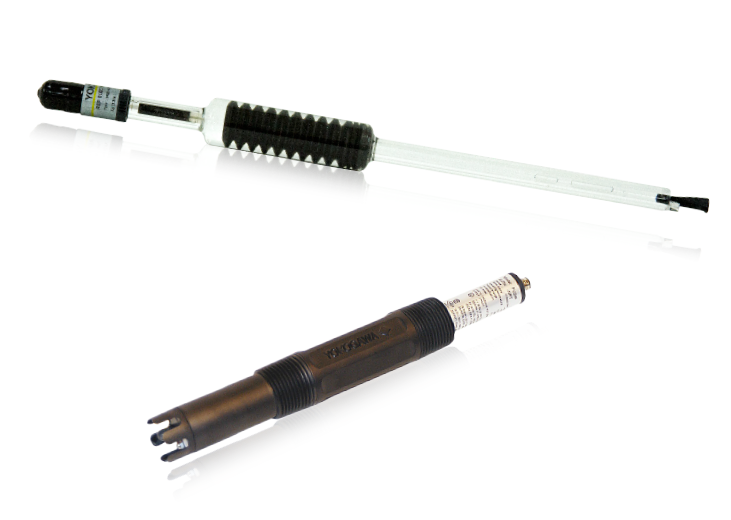
Pure Water pH and ORP Sensors
2016-05-26 17:01:04
Description:
Reference Electrode Stability Glass Electrode Response Electrical Noise Special T.C. Requirements……
New Products
G.M. International X1-IS-AO-02-S I.S. SIL2 HART® Isolating Driver module
G.M. International X1-IS-AO-02-S I.S. SIL2 HART® Isolating Driver module. GMI Intrinsically Safe Isolators, Analog Output
G.M. International D1020S SIL 2 Powered Isolating Driver
G.M. International D1020S SIL 2 Powered Isolating Driver Smart-HART® compatible DIN-Rail. GMI Intrinsically Safe Isolators
G.M. International D1020D SIL 2 Powered Isolating Driver
G.M. International D1020D SIL 2 Powered Isolating Driver Smart-HART® compatible DIN-Rail. GMI Intrinsically Safe Isolators
G.M. International X1-IS-AO-01-S I.S. SIL3 HART® Isolating Driver module
G.M. International X1-IS-AO-01-S I.S. SIL3 HART® Isolating Driver module. GMI Intrinsically Safe Isolators, Analog Output
Assortments
▶ Pressure Transmitter EJA
▶ Pressure Transmitters EJA-E
▶ Pressue Transmitter EJX
▶ Safety Instrumented System (SIS)
▶ Valve Positioners & Converters
▶ Field Mount Indicators
▶ Temperature Transmitters
▶ Magnetic Flowmeters
▶ Vortex Flowmeter
▶ Ultrasonic Flowmeters
▶ Coriolis Mass Flowmeters - ROTAMASS 3-Series
▶ Variable Area Flowmeters – Rotameters
▶ Device Smart Communicators
▶ PORTABLE AND HANDHELD INSTRUMENTS
▶ Distributed Control System (DCS)
▶ Process Analyzers
▶ Paperless Recorders
▶ Strip Chart Recorders
▶ Data Acquisition Equipment
▶ UT Series Temperature Controllers
▶ UP Series Program Controllers
▶ UM Series Digital Indicators with Alarms
▶ UT100 Series Temperature Controllers
▶ UD Series Manual Setters
▶ Limit Controllers
▶ YS Series Single-loop Controllers
Description
Pure Water pH and ORP Sensors
Ultrapure water (UPW) Water for Injection (WFI), high-purity water and deionized (DI) are all terms describing basically the same property. They refer to water which has been purified to the highest standards by removing all contaminants such as, organic and inorganic compounds; dissolved and particulate matter; volatile and non-volatile, reactive and inert; hydrophilic and hydrophobic; and dissolved gases. The purified water has very low conductivity which means it is high in resistance because all the conductive components have been removed. Combined with susceptibility to contamination and temperature effects, low-conductive solutions make accurate pH measurement very difficult to achieve. Even though achieving accurate and reliable readings using a traditional pH analyzers is challenging; understanding what causes the difficulties in pH measurements and having the proper equipment, stable and accurate pure water pH measurement cab be accomplished.
The low conductivity and limited buffering capacity of low ionic strength pure water causes pH electrodes to drift, producing non-reproducible and inaccurate results. The common problems are large drift, unacceptable flow sensitivity and poor temperature compensation. Electrical noise and interference complicate matters further. Certain properties of pure water adversely affect that ability to obtain a reliable pH measurement. For many years it was believed these properties could not be satisfactorily overcome in order to achieve the desired measurement accuracy and reliability. The areas most affected by the pure water properties include:
Reference Electrode Stability
Glass Electrode Response
Electrical Noise
Special T.C. Requirements
